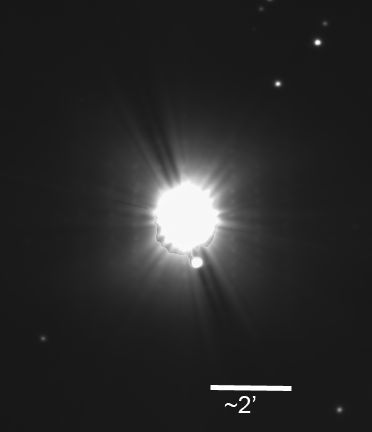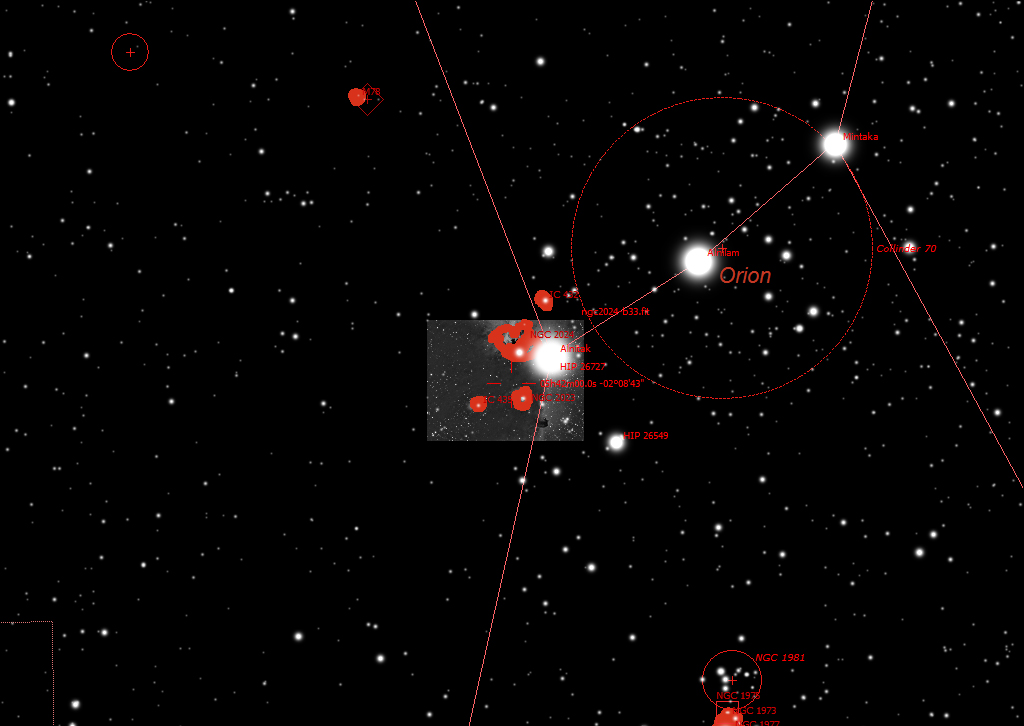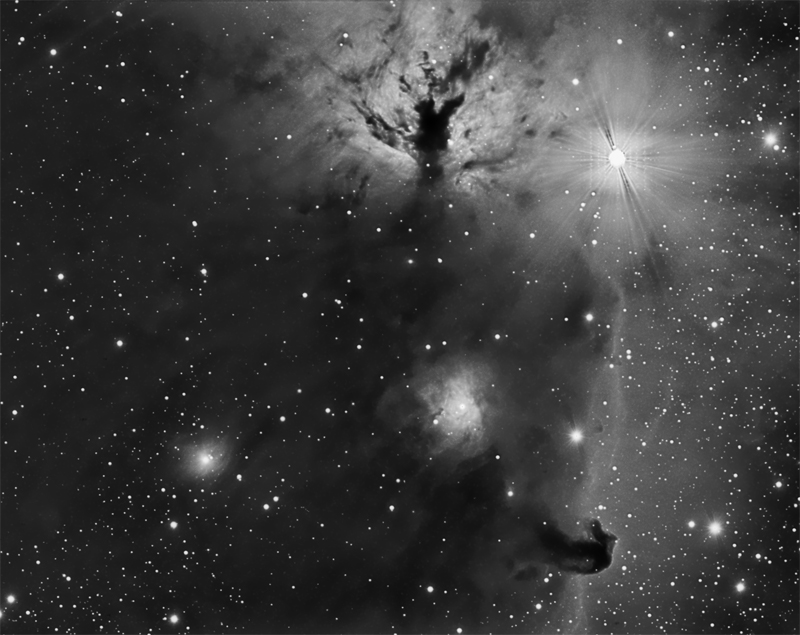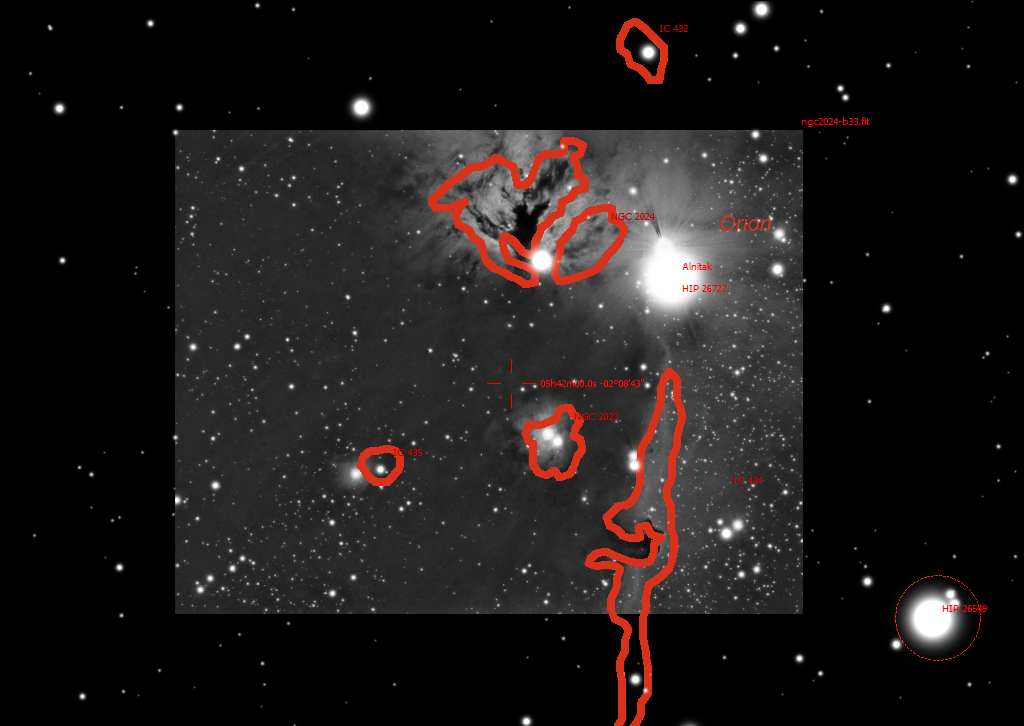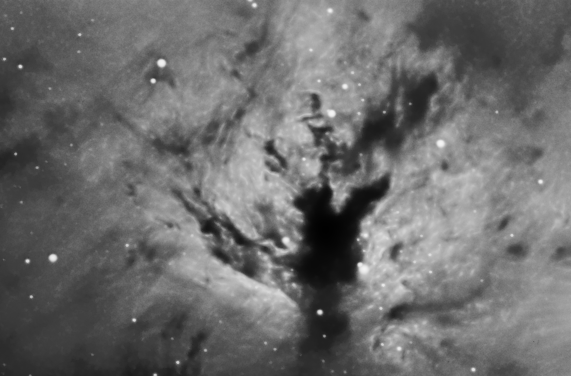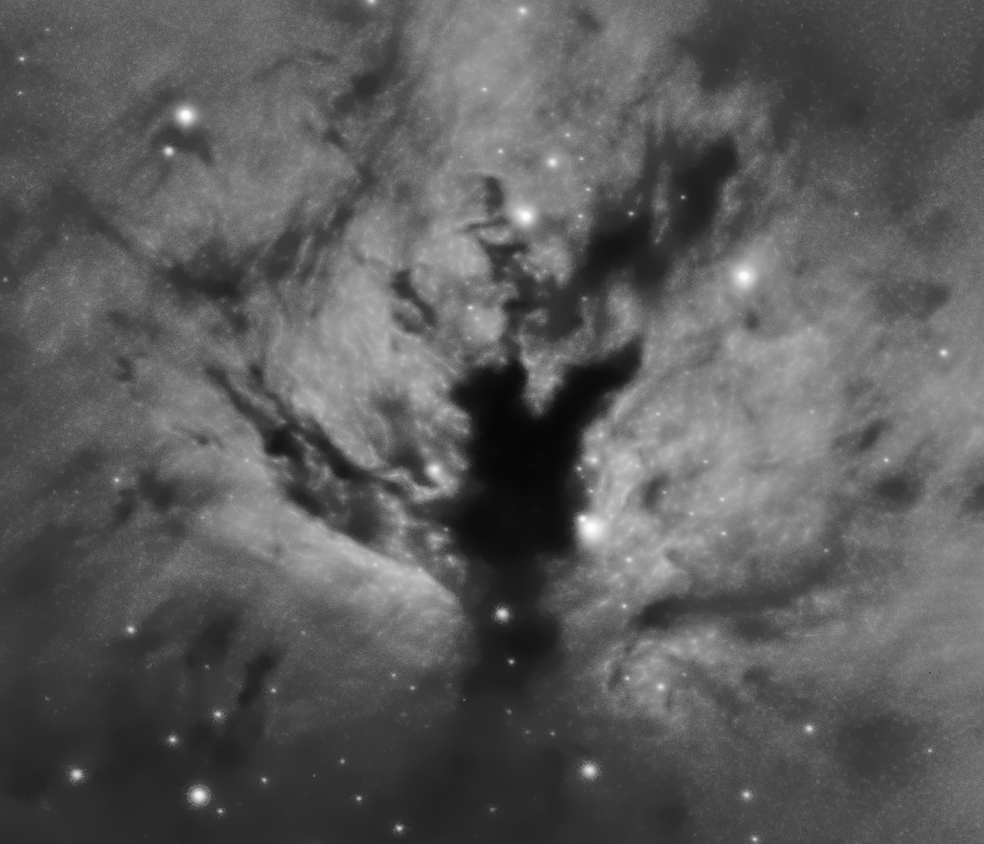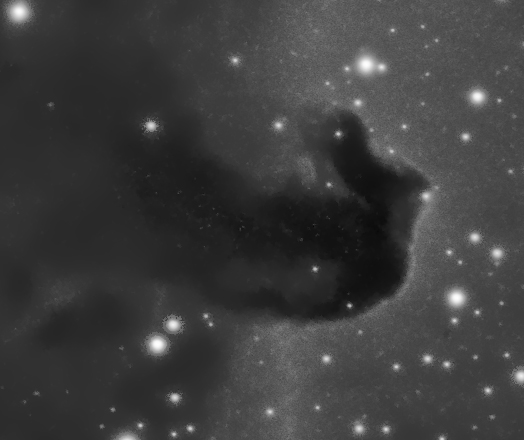Processing Details
As I said earlier I did a number of experiments to see what the best
order of operations and how to parameterize them. Since I
preserved the PixInsight operations I was able to quickly experiment
with different paths of processing.
T4 Processing details
The
camera was cooled to -25C.
Previous Attempt
I published a
previous version of this
on 12/18/10. As a comparision here is NGC2024 and the Horsehead from
the previous versions. These are displayed at the same bin 2x2 as
above. Note the artifacts on the stars.
Use of
MorphologicalTransformation
Much of the result is subjective. The final product is as much a
work of art as science. Hence a lot of the effort goes into
determining what operations in what amounts make the image "better" and
what makes it "worse". The left was a processing step before
deconvolution and stretching radically changed the image. The
middle is the final image. In the image on the right I used an
erosion mask to soft the stars. This was applied after stretching, but
before HDR. I judged this result as "worse" hence it was not
included.
My own preference is to have crisp stars which means using
deconvolution. This effectively deblurs the image. Since
the image required that it argues that the focus was not perfect.
I did try a processing sequence that left out the deconvolution.
That helped the stars some, but deconvolution also brought out detail
in NGC 2024. By not doing it the image of the bright nebula was not as
distinct.
|
Pre Deconvolution and Stretching
Is is a screen shot of STF from PixInsight
|

No MT
|
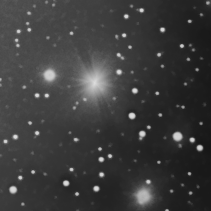
MT before HDR
|
